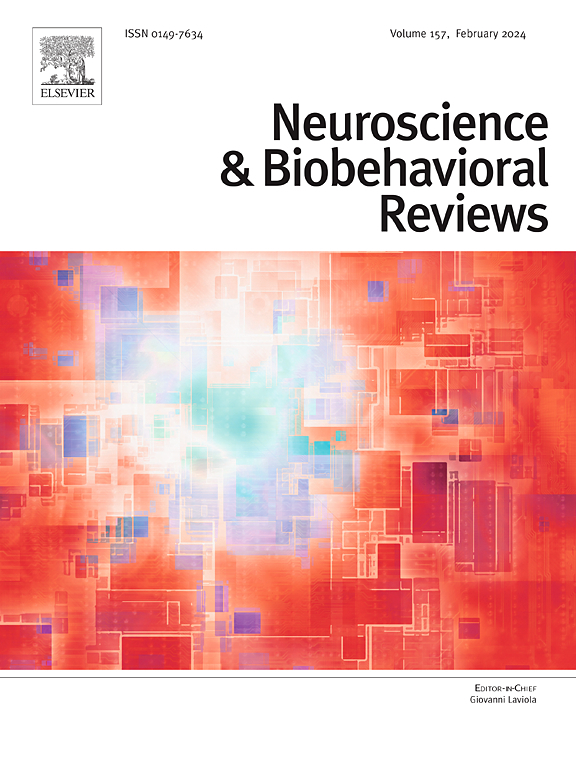通过情绪诱导和生理信号诊断抑郁症:系统综述
IF 7.5
1区 医学
Q1 BEHAVIORAL SCIENCES
引用次数: 0
摘要
抑郁症是一种严重的精神障碍,它会严重破坏个人的情绪稳定性,从而影响他们的整体生活质量。传统的诊断方法面临局限性,特别是由于主观偏见和资源限制,促使人们对客观的、基于生理的诊断方法越来越感兴趣。虽然抑郁症患者与健康对照者表现出明显的情绪差异是公认的,但情绪反应的具体模式和对情绪诱导的生理信号的反应仍未得到充分的探索。本综述旨在探讨抑郁症个体对情绪刺激的反应,特别关注如何通过生理信号客观评估这些情绪反应。通过搜索PubMed, Web of Science和Scopus进行系统综述,产生1346个结果。在应用预定义的纳入标准后,选择51项研究进行叙事综合。本综述全面概述了(a)情绪模型,(b)情绪刺激材料和任务,(c)与情绪反应相关的生理信号,(d)测量这些信号的方法和设备,以及(e)特定情绪诱导下抑郁症患者和健康对照者生理反应的差异。此外,本文还讨论了实验环境和参与者差异对结果的影响,以及生理信号的选择、组合和获取方面的考虑。这些见解对于推进抑郁症患者的研究和临床辅助诊断实践具有重要意义。本文章由计算机程序翻译,如有差异,请以英文原文为准。

Depression diagnosis through emotional induction and physiological signals: A systematic review
Depression is a severe mental disorder that significantly disrupts an individual’s emotional stability and, consequently, their overall quality of life. Traditional diagnostic approaches face limitations, particularly due to subjective biases and resource constraints, prompting increased interest in objective, physiologically-based diagnostic methods. While it is well-established that individuals with depression exhibit marked emotional differences from healthy controls, the specific patterns of emotional responses and physiological signals in response to emotional induction remain insufficiently explored. This review aims to investigate how depressive individuals respond to emotional stimuli, with a particular focus on how these emotional responses can be objectively assessed through physiological signals. A systematic review is conducted by searching PubMed, Web of Science, and Scopus, yielding 1346 results. After applying predefined inclusion criteria, 51 studies are selected for narrative synthesis. The review provides a comprehensive overview of (a) emotion models, (b) emotional stimuli materials and tasks, (c) physiological signals associated with emotional responses, (d) methodologies and devices for measuring these signals, and (e) differences in physiological responses between depressive patients and healthy controls under specific emotional inductions. Furthermore, the review discusses the influence of experimental settings and participant differences on results, as well as considerations regarding the selection, combination, and acquisition of physiological signals. These insights have important implications for advancing both research and clinical auxiliary diagnostic practices for individuals with depression.
求助全文
通过发布文献求助,成功后即可免费获取论文全文。
去求助
来源期刊
CiteScore
14.20
自引率
3.70%
发文量
466
审稿时长
6 months
期刊介绍:
The official journal of the International Behavioral Neuroscience Society publishes original and significant review articles that explore the intersection between neuroscience and the study of psychological processes and behavior. The journal also welcomes articles that primarily focus on psychological processes and behavior, as long as they have relevance to one or more areas of neuroscience.

 求助内容:
求助内容: 应助结果提醒方式:
应助结果提醒方式:


